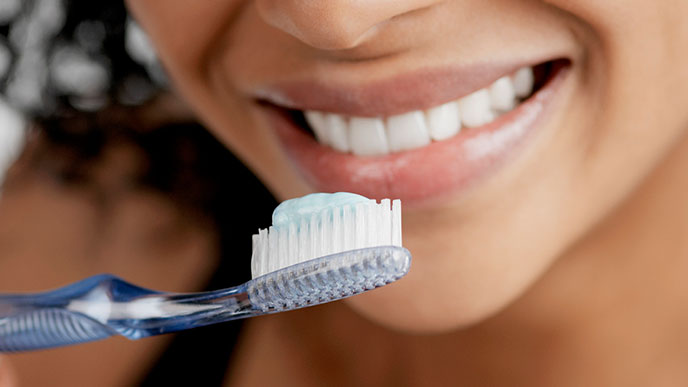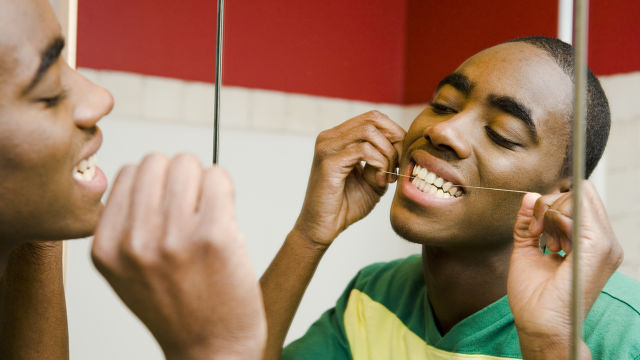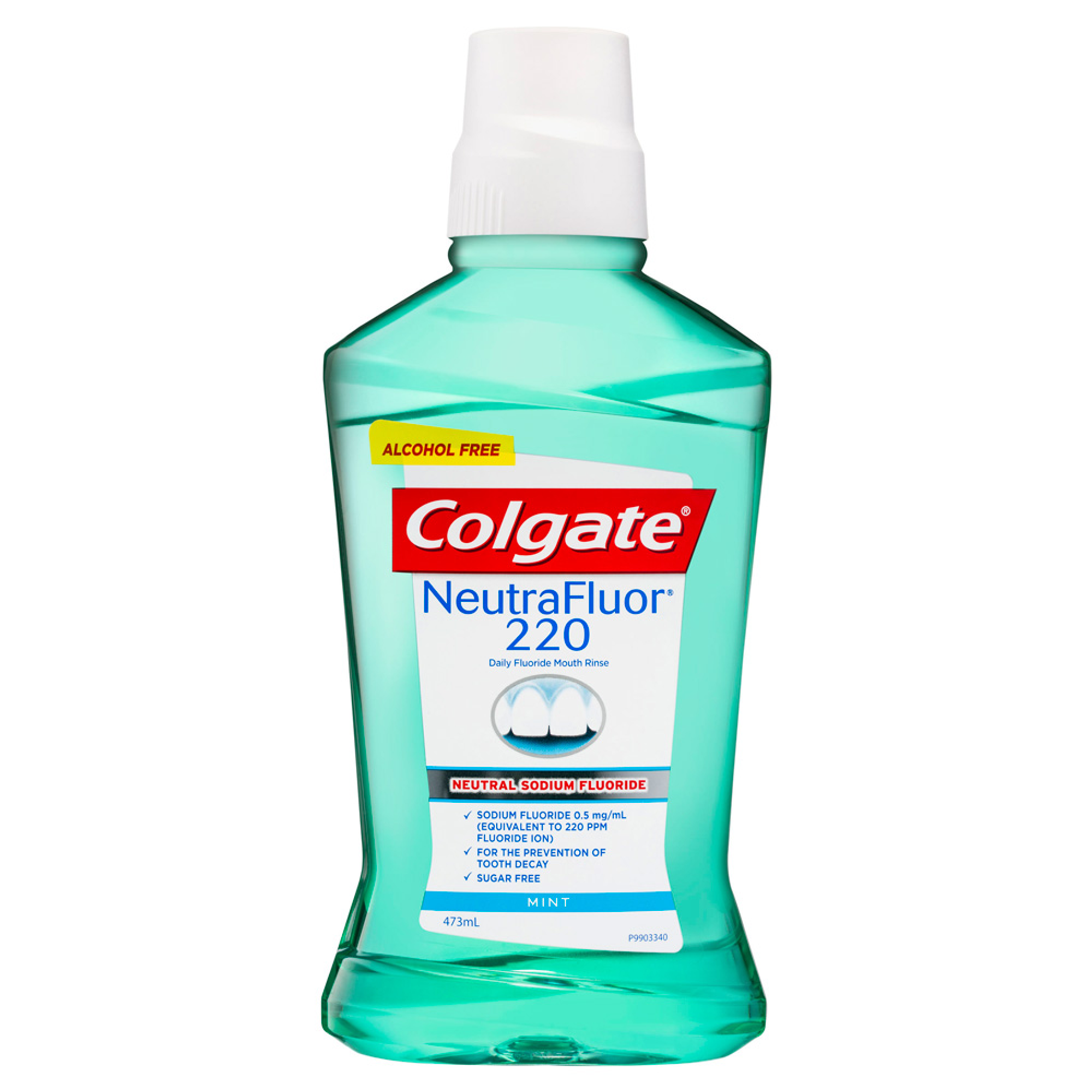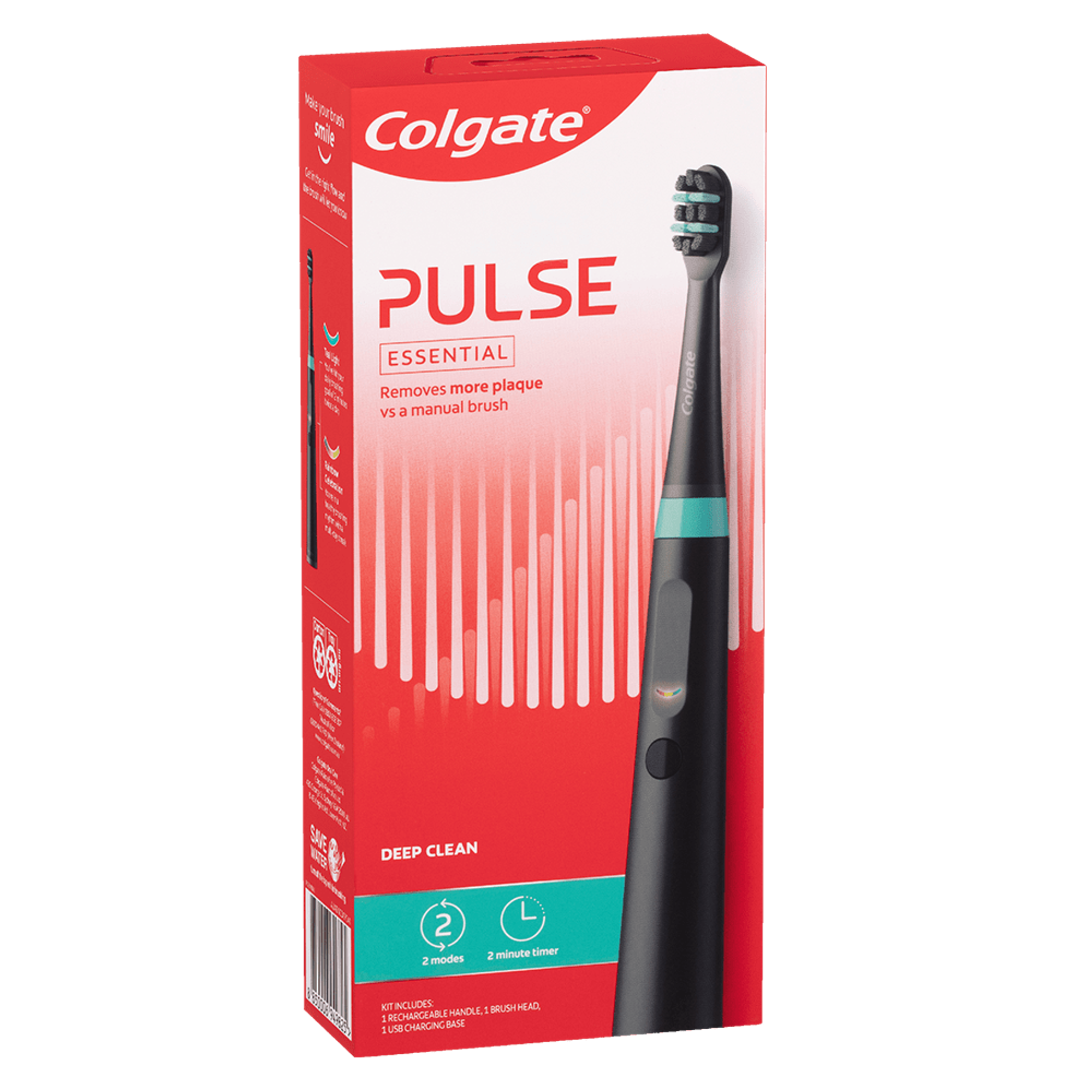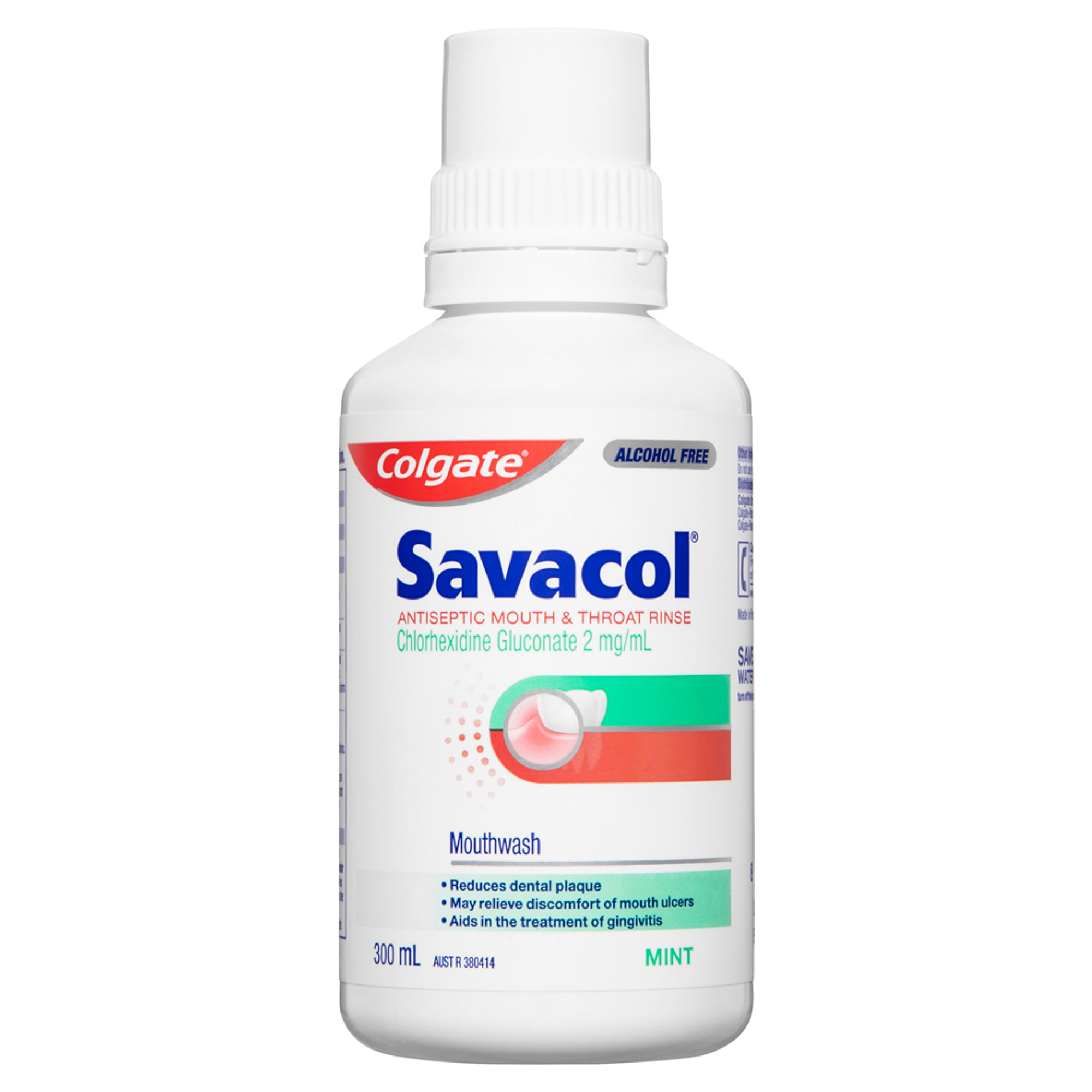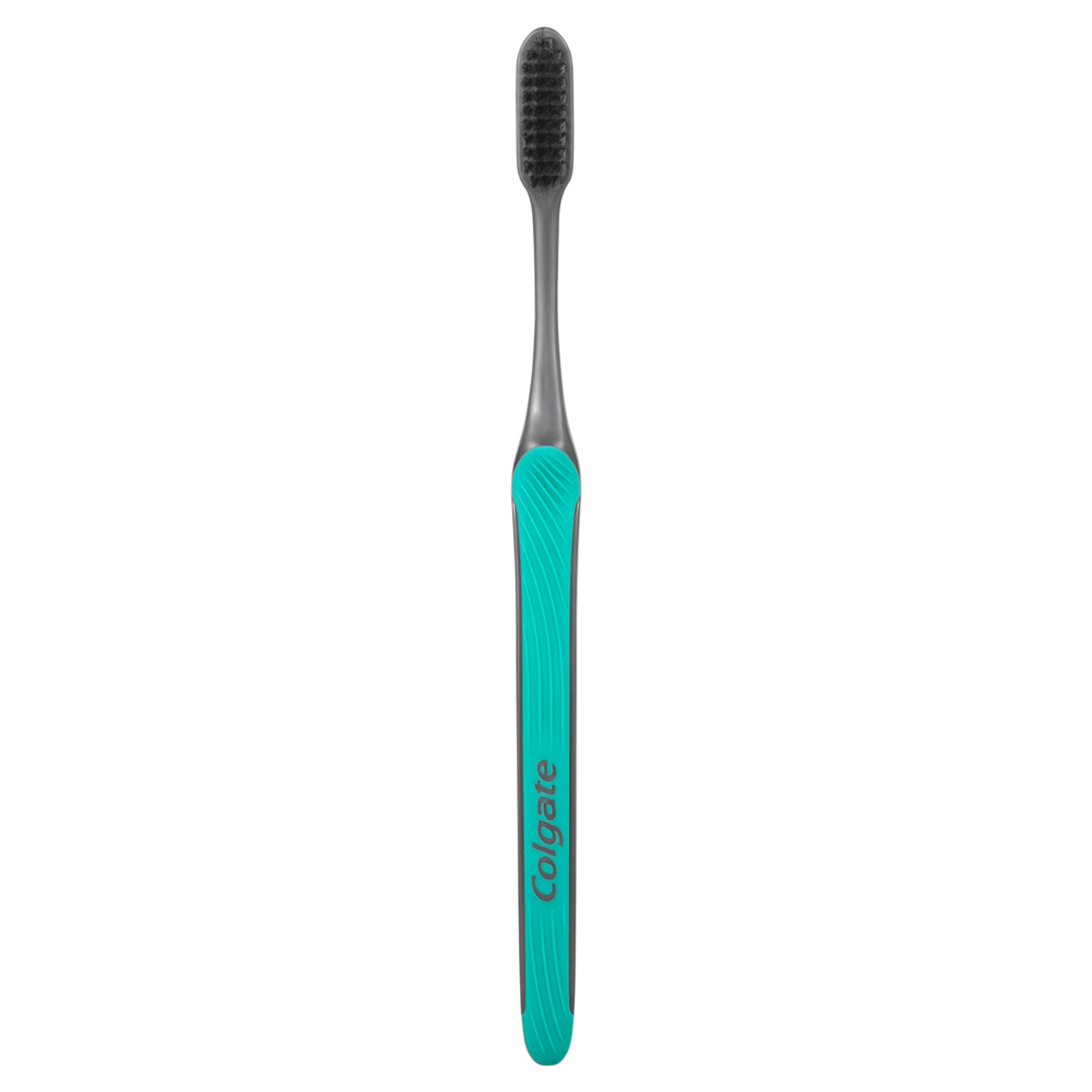Traditional
Traditional braces have progressed since the early days and are now lighter in weight and structure than they used to be. They are made from a high-grade stainless steel and have metal brackets that are attached to each tooth using a bonding agent. The brackets are linked to each other with a thin archwire, which puts pressure on the teeth that causes them to move slowly into the correct position.
The archwires are connected to the brackets using tiny elastic bands known as ligatures or o-rings, which your orthodontist will change each time they are tightened. Some types of brackets don't need o-rings, and these are called self-ligating.
Ceramic
According to Orthodontics Australia, ceramic braces work in the same way as traditional metal, but the brackets are made out of a tooth-coloured porcelain material. They are less visible, which makes them a popular choice for adults who need orthodontic treatment. As oral hygeine and normal brushing may be more of a challenge with ceramic braces, your orthodontist might recommend that you also use a fluoride mouthwash, which will help to provide fluoride to your teeth and extra protection from tooth decay and cavities.
Damon
Damon braces are currently enjoying a wave of popularity with orthodontists because pontentially they provide gentler treatment and require fewer dental visits. According to a review published in the Australian Dental Journal, Damon braces are self-ligating and use a slide mechanism instead of elastic bands to connect the archwires.
It is proposed that this causes less friction and pressure on the teeth, so movement is less painful. The braces are also easier to keep clean. The process may cost less, having to make fewer trips to your dental professional and may produce faster results.
Removable Aligners
Removable aligners are usually made from clear plastic, and may be used in some cases instead of metal or Damon braces. A range of clear plastic aligners that resemble mouth guards are custom-made for you. They are removable for eating and cleaning, and you change them out for a newly made aligner at regular intervals. Each new aligner takes the adjustment of your teeth one step further.
Removeable aligners are also recommended for ongoing use after you complete your orthodontic treatment. These appliances help to maintain the results you want until your teeth have settled down and have finished moving.
Forsus Appliances
Some children require the use of Forsus appliances to correct difficult overbites, and these have largely replaced the use of headgear for braces. The Forsus appliance is a spring worn inside the cheeks that attaches to the braces in order to adjust the upper or lower jaw into position.
Platal Expanders
For patients who have overcrowded teeth, it may be possible to choose between tooth extraction and palatal expansion as part of the orthodontic plan to remedy the problem. A palatal expander is a device that fits your palate and applies pressure to the back of your upper molars to gradually move your teeth further apart. This expands your palate and makes it possible for other types of braces to be fitted to correct the position of your teeth. Your orthodontist will advise which option is best for you.
This article is intended to promote understanding of and knowledge about general oral health topics. It is not intended to be a substitute for professional advice, diagnosis or treatment. Always seek the advice of your dentist or other qualified healthcare provider with any questions you may have regarding a medical condition or treatment.






